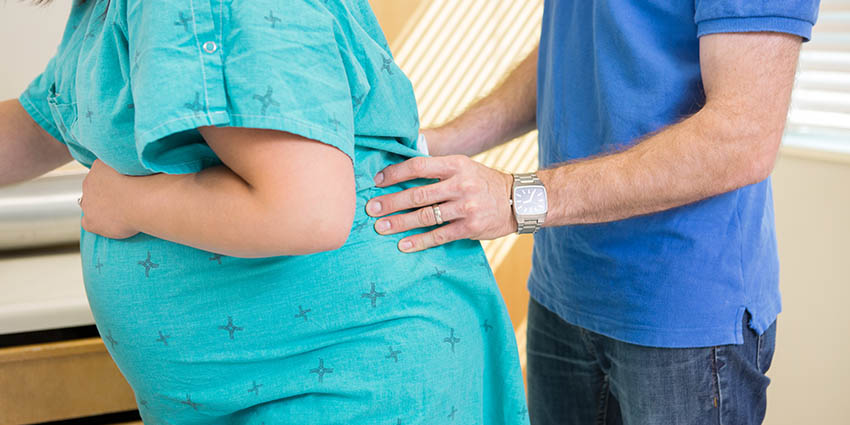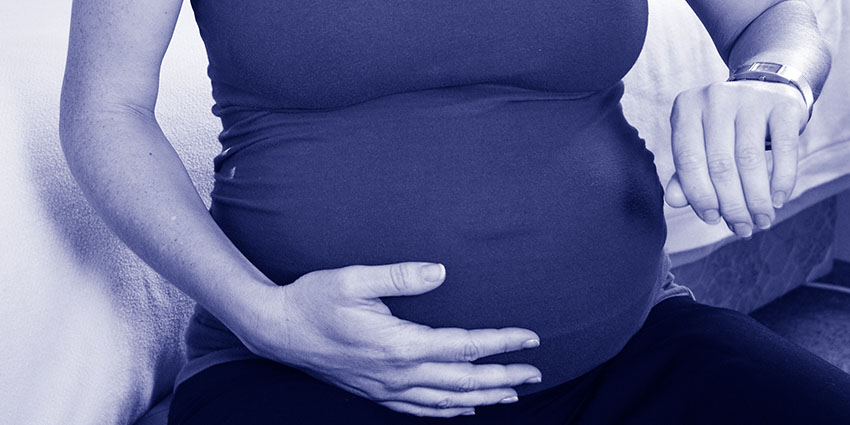Labor usually does not happen like it does in the movies or on an episode of “Friends” when someone is out at a party or shopping, and then is suddenly rushed to the hospital just in time to give birth.
That is because the human body knows how to prepare for labor, how to begin softening and shortening the cervix, and moving the baby deep down into the pelvis which takes a little time.
Before a regular labor pattern is established that dilates the cervix there is usually a period of what we call pre-labor. You may have heard this referred to as “false labor” or Braxton Hicks. This phase can last days or even weeks in some cases and I like to refer to it as pre-labor because it is getting some of that early work done.
During this time it may help to walk, take warm baths, practice your breathing techniques, and try different positions for comfort. Oten sitting on a birthing ball will feel good. You can talk, laugh, watch TV or maybe even sleep during pre-labor. Sometimes symptoms will go away with hydration or rest.
What will set true labor apart from pre-labor are regular contractions that are getting longer, stronger and closer together. They will also not go away with position changes, hydration or rest. Early labor which could last 8-12 hours or longer may begin as somewhat irregular contractions, but become regular over time. It may feel like strong cramps or pressure in the pelvic region and is often associated with intermittent lower back discomfort.
You will most likely feel the progression. I often tell patients that labor is like riding a bike up a hill. When you first hop on the bike and start out it is fun and may even be welcomed, but as the hill becomes steeper it is a lot more work to climb. Early labor will get your cervix to about 4-5 centimeters dilated and you will usually need to begin your breathing techniques and other relaxation and comfort measures during this time.
Active labor is usually much shorter but also more intense. This phase gets you from about 6 to 8 cm. It is a great time to use hydrotherapy if it is an option. You will most likely be using your comfort measures (see article on comfort measures) for every contraction.
Hopefully your partner will be helping with massage, liquids, fanning, and helping you focus. Your labor nurses, midwife or doula will also help you and your partner as things progress.
The final phase of the first stage of labor is transition, the most intense but also the shortest. This phase may last 30 min to a couple hours and is complete when you are 10 cm dilated and ready to push.
Related Posts








